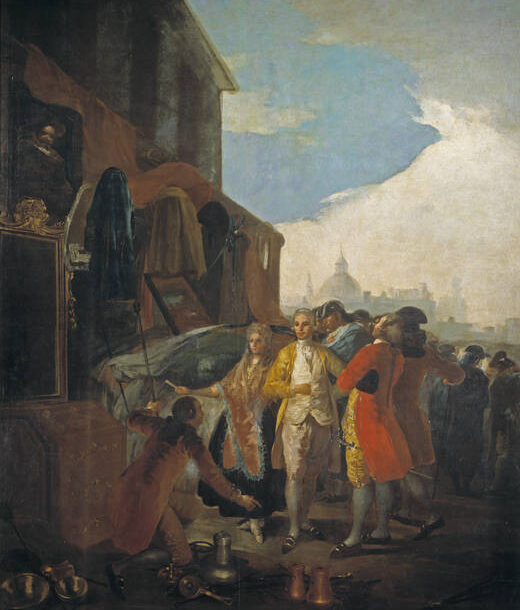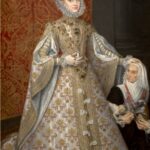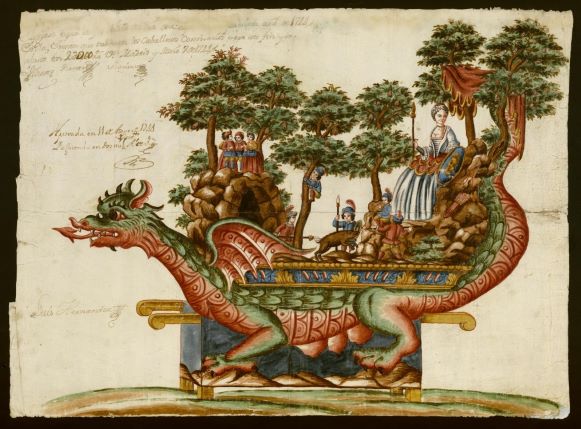
The Infanta Clara Eugenia, depicted by Sánchez Coello, is depicted with a portrait of her father Philip II in one of her hands. The Infanta was a woman of great intellectual worth and a great support to her father in the tasks of government, a fact that possibly authorised her to marry at the age of 32, handing her the government of the Low Countries and the duchy of Burgundy, where the Infanta earned the respect of her subjects. On the other hand, Magdalena Ruiz, pictorially depicted as subordinate to the Infanta, was part of the court of the Habsburgs and was considered a royal plaything, valued among the European courts. She was married, widowed and raised two children: the daughter was to become a nun and the son a servant to the king. In addition to being in the service of Joan of Austria (married to John Manuel of Portugal), she was appreciated by Philip II, who wrote several comments about her in letters sent to his daughters during his stay at the Portuguese court.
Collection: Images
Project: 5. Power and powers in the history of Europe: oligarchies, political participation and democracy., 8. Women and the change for gender equality in Europe.
Chronology: XVI
Scope: Secondary Education, Baccalaureate, University
Resource type: Image
Format: Oil on canvas (207 x 129 cm)
Source: Museo del Prado (Madrid)
Language: Spanish
Date: 1585-1588
Owner: Álvaro Romero González (Modernalia)
Identifier: P000861
Copyright: Museo del Prado (Madrid)
Abstract: This portrait by Alonso Sánchez Coello shows a dual feminine aspect in the context of the courtly or courtly space: the position of those noblewomen who belonged to royalty, and also of those who accompanied them and formed part of the circles of power, occupying the royal offices of the Chamber or the Household.
Image
Tags






